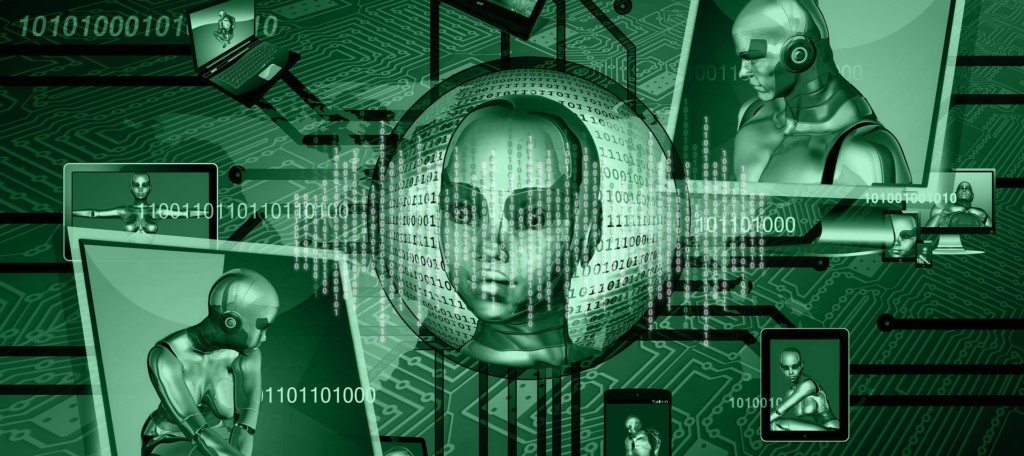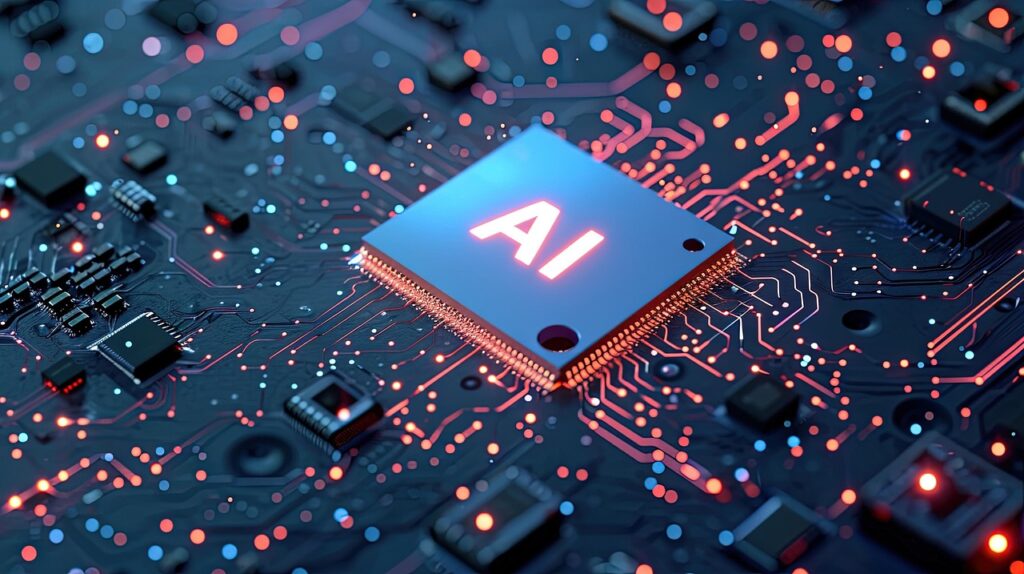Forecasting the future is a growth industry. Take a look at Amazon or the New York Times and you’ll find numerous business and finance bestsellers whose authors who claim to have an inside track on what’s up ahead. Sorry to say that despite sometimes impressive sales numbers, most of those trendy tomes offer readers far more lead than gold.
Another effect of these noise-over-signal failures is to detract from the work of more-diligent researchers. That’s painful on its face but can be especially destructive in swiftly changing industries, including IT. In other words, it can lead to businesses that might profit from future-focused guidance to end up looking for it in the wrong places or pursuing worthless initiatives that become costly mistakes.
How serious is this issue? That varies from case to case but the potential problems facing companies unprepared for technological evolution are clear in the new Dell Technologies-sponsored study by the Institute for the Future (IFTF), “The Next Era of Human-Machine Partnerships.”
2030: The impact of transformational technologies
The IFTF’s report identifies five emerging technologies the group’s researchers believe will underpin key technological advances by 2030:
- Artificial Intelligence (AI) and Machine Learning (ML)
- Virtual Reality (VR) and Augmented Reality (AR)
- Robotics
- Cloud Computing
- Internet of Things
Considering the high profile high tech visionaries and business leaders who have recently opined on the dangers of AI and the negative impact robotics will have on traditional work and workers, the IFTF’s view isn’t as gloomy as some might assume. In fact, its researchers believe that “new relationships” between technologies and people will create opportunities for innovative partnerships that could benefit everyone involved.
One example, the joining of human creativity, passion and entrepreneurship with machines’ capacity for speed, automation and efficiency could redefine productivity for workers and businesses. IFTF researchers also believe that by 2030, personalized, predictive AI “assistants” will enhance our day to day lives.
Similarly, while technology won’t necessarily replace workers or jobs outright, it will fundamentally change the process of finding work, favoring individuals who develop special skills and competencies.
That touches another of the report’s conclusions—that some 85 percent of the jobs in 2030 haven’t yet been invented. Just as importantly, the IFTF believes the pace of technological change will become so rapid that the ability to adapt and gain new knowledge will become more important than the knowledge itself.
In essence, the IFTF concludes that while the future is likely to hold significant challenges for businesses, it will be rife with potential new opportunities.
Digital transformation today
Interesting stuff but what does it have to do with where businesses are today? In the complementary 2016 Dell Technologies Digital Transformation Index, over 4,000 global business leader respondents helped bring existing challenges into better focus.
Over half (52 percent) said their industries had experienced significant technological disruption over the past three years. Moreover, slightly fewer (48 percent) said they didn’t know what their industries would look like in three years, and nearly as many (45 percent) believe there’s a possibility their businesses will become obsolete within 3-5 years.
As if those short-term pressures weren’t enough to worry about, the Index also noted that pressure to use IT to transform organizations is relentless, especially as regards their competitive positions and capabilities.
Nearly two thirds (62 percent) of participants have seen new competitors arise via digital technologies, and over three fourths (78 percent) consider digital start-ups to be current and future threats to their business. In addition, over half (56 percent) of respondents noted that their customers are also advocating that they make transformational changes.
What constitutes digital-driven transformational change? The Dell Index notes critical attributes, including:
- Innovating in an agile way
- Pursuing predictive new opportunities
- Embracing transparency & trust
- Enabling personalized experiences for customers
- Delivering always on/real time services
Unfortunately, it seems like Dell Index participants should be making better progress with over three quarters (78 percent) saying transformation could be more widespread in their organizations. Plus, only about a third said their companies are succeeding with some critical digital business attributes and just 7 percent are executing all five attributes well, company-wide. That’s nearly double the 4 percent who made similar claims in the 2015 Index but it’s still alarmingly small.
Interested to see how prepared your organization is for transformation? You can take the Dell survey here.
Final analysis
How significant is any of this? Let’s consider the Dell/IFTF study first. I could say get back to me in 2030 but perhaps a better exercise would be to look back thirteen years to 2004.
At that point, the IT industry was rebounding from the dot.com bust. Big iron Unix and mainframe systems were central to most data centers though sales of x86-based systems were growing. EMC had surprised everyone by acquiring x86 virtualization leader VMware early in the year, a deal that its storage competitors and enterprise server vendor partners were quick to disparage.
PCs were in high cotton with Windows XP helping to get bust-depressed sales back on track. The growth in Internet-based services and resources, plus increasingly lightweight laptops coupled with Intel’s new Centrino wireless chipsets inspired consumers and workers alike to take computers on the road.
The future looked pretty bright for personal digital assistants (PDAs), like Palms’. Regular folks carried cellular flip phones while high tech workers and others were obsessed with RIM’s “Crackberry” devices. The appearance of Apple’s iPhone and other smart phones was three years away.
How far we’ve come seldom provides an entirely accurate map of how far we have to go. In fact, as highlighted by the Dell Transformation Index, individuals and organizations could be doing a better job at preparing themselves for and adapting to existing digital technologies and related challenges.
But when you consider the past decade+ worth of changes and the continuing, exponential technological advances expected in the years ahead, the future of new relationships between people and digital technologies imagined by the IFTF, including personalized AI assistants, seems not just possible but probable.
Only time will determine the full accuracy of the conclusions of “The Next Era of Human-Machine Partnerships” study and report. However, by virtually any measure Dell Technologies and the IFTF have provided intriguing, potentially valuable guidance about the continuing evolution of digital technology and its eventual impact on individuals and organizations.
- Dell Concept Luna – Inspiring Sustainable Innovations with Circular Design - December 21, 2023
- AI Alliance: IBM, Meta, Dell and 50+ Founding Partners Pursue Open, Transparent and Safe AI Innovation - December 13, 2023
- Dell Technologies: Creative Partnering = GenAI Innovation - November 30, 2023



